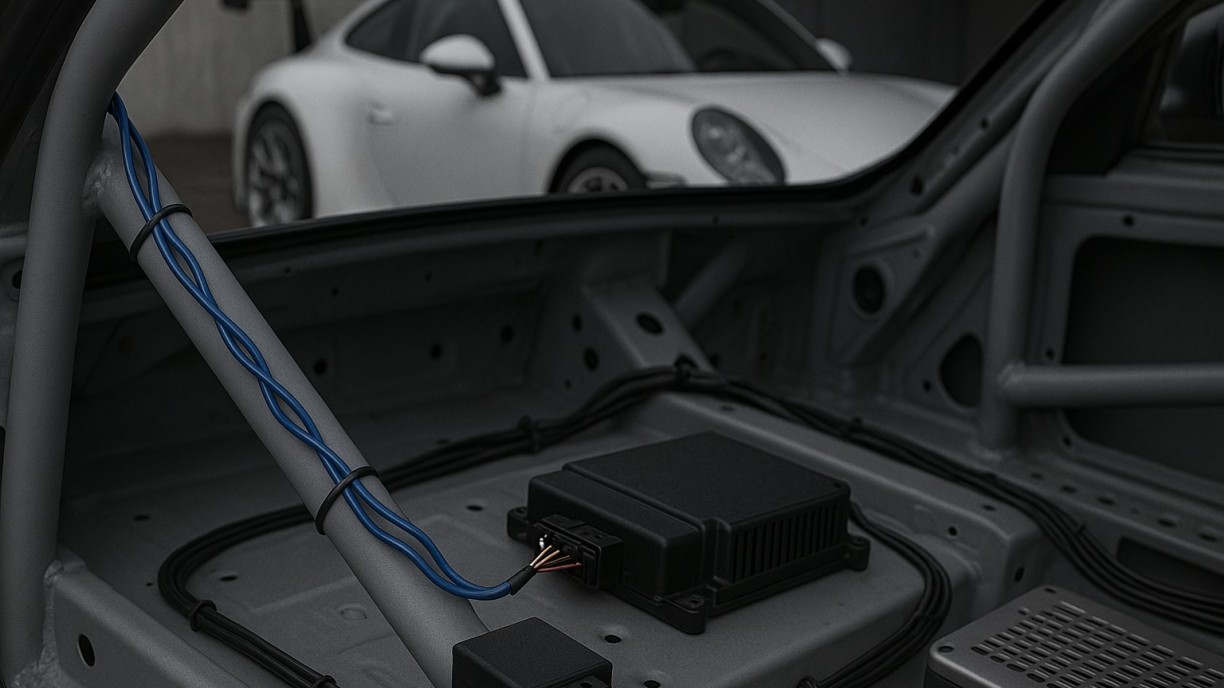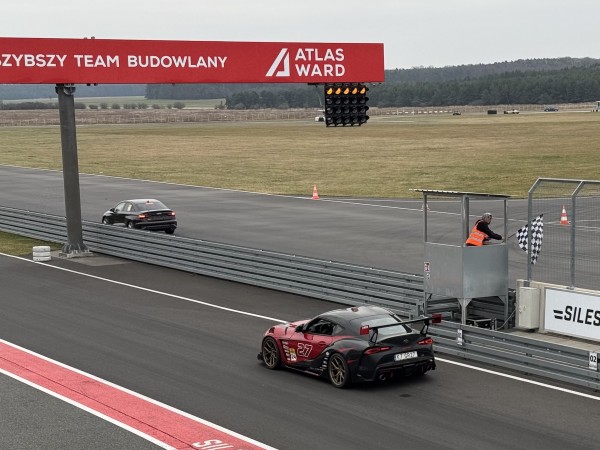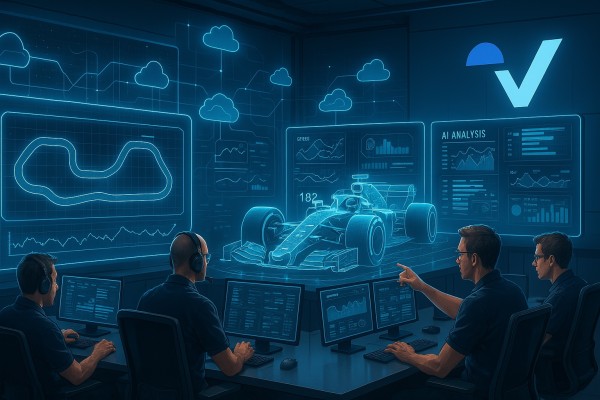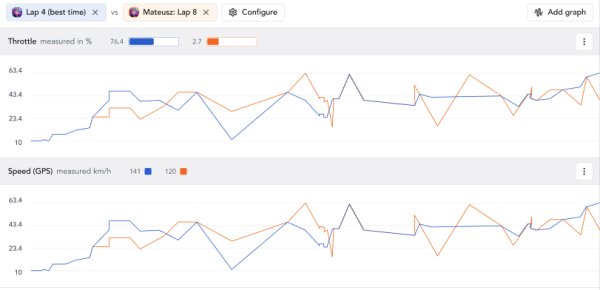Racing telemetry
What Is CAN Bus and Why It Matters for Racing Telemetry
by Paweł Sobociński |

If you're serious about racing, you're probably serious about data. And to unlock your vehicle's full performance potential, you need access to precise, real-time telemetry. That’s where CAN bus comes in—and why Vetkuro is built to take full advantage of it.
What Even Is a CAN Bus?
Before diving into the wiring and signals, let's clear up a common misunderstanding. The term CAN bus actually combines two separate concepts:
- CAN stands for Controller Area Network — this is the communication protocol, the “language” electronic devices use to talk.
- Bus refers to the physical wiring that connects those devices together — the medium that carries the conversation.
So when you hear “CAN bus,” think: a shared digital language spoken over a shared set of wires.
Why CAN Protocol Revolutionized Automotive Electronics
To appreciate the power of CAN bus in racing applications, consider this: before the mid-1990s, every single piece of data in a vehicle required its own dedicated wire. Want to know engine RPM, water temperature, oil pressure, fuel level, and boost pressure? That meant at least five separate wires, plus power, ground, and illumination circuits.
CAN protocol changed everything by allowing multiple signals to travel on just two communication wires. Instead of analog voltage levels, data now travels as digital packets – much more precise and reliable for the demanding environment of motorsports.
Speaking the Same Language
When working with CAN protocol in racing applications, you're typically doing one of two things:
1. Creating Your Own High-Performance Network
Modern racing setups often involve multiple aftermarket devices – ECUs, data loggers, digital dashboards, and telemetry systems like Vetkuro. By configuring these devices to communicate via CAN, you create a unified system where every component can share critical data in real-time.
The benefits are immediate:
- Reduced complexity: Instead of a rat's nest of individual wires, you have a clean, professional installation
- Increased reliability: Fewer connections mean fewer potential failure points
- Enhanced flexibility: Want to add boost pressure monitoring to your display? It's a software change, not a rewiring job
2. Tapping Into Factory CAN Data
This is where things get really interesting for racing applications. Your modern race car (whether it started life as a street car or purpose-built machine) likely has an existing CAN bus that's already monitoring dozens of parameters you care about – things like:
- Real-time engine load and timing
- Individual wheel speeds (crucial for analyzing corner entry and exit)
- Transmission behavior and shift points
- Brake system performance data
- Even tire pressure monitoring in some applications
The challenge? Factory CAN protocols are like regional dialects – each manufacturer has their own way of "speaking." This is where deep CAN knowledge becomes invaluable.
The Bottom Line for Racers
CAN protocol isn't just another technical specification – it's the key that unlocks your race car's full potential. By understanding how your vehicle's electronic systems communicate, you can:
- Access more data with less complexity
- Create more reliable installations
- Reduce costs while improving performance
- Make data-driven improvements to your driving and setup
With Vetkuro's sophisticated CAN bus interface capabilities, you don't need to become an electronics engineer to benefit from this technology. Our telemetry system handles the complex protocol interpretation, giving you clean, actionable data that translates directly to faster lap times.




